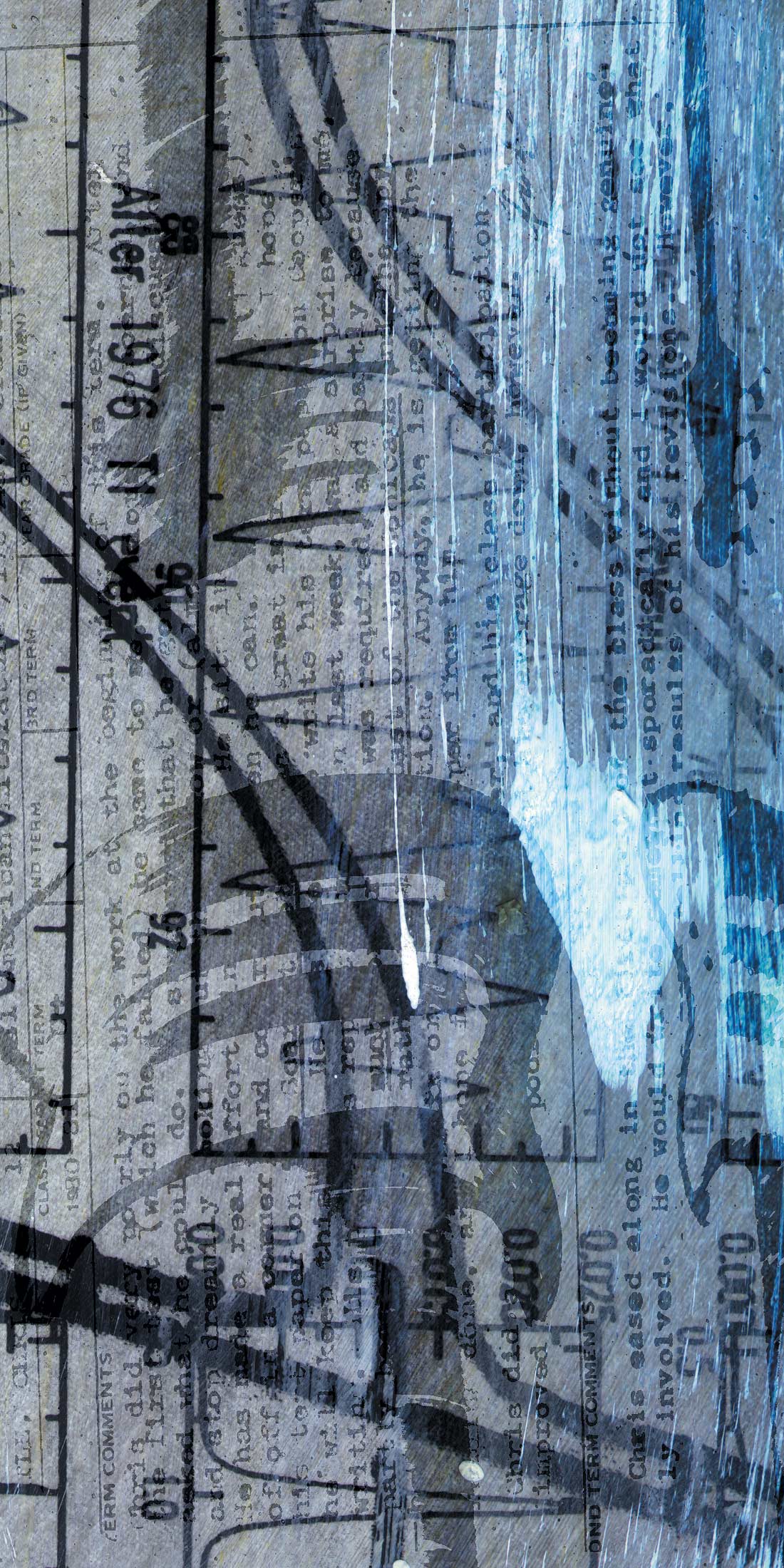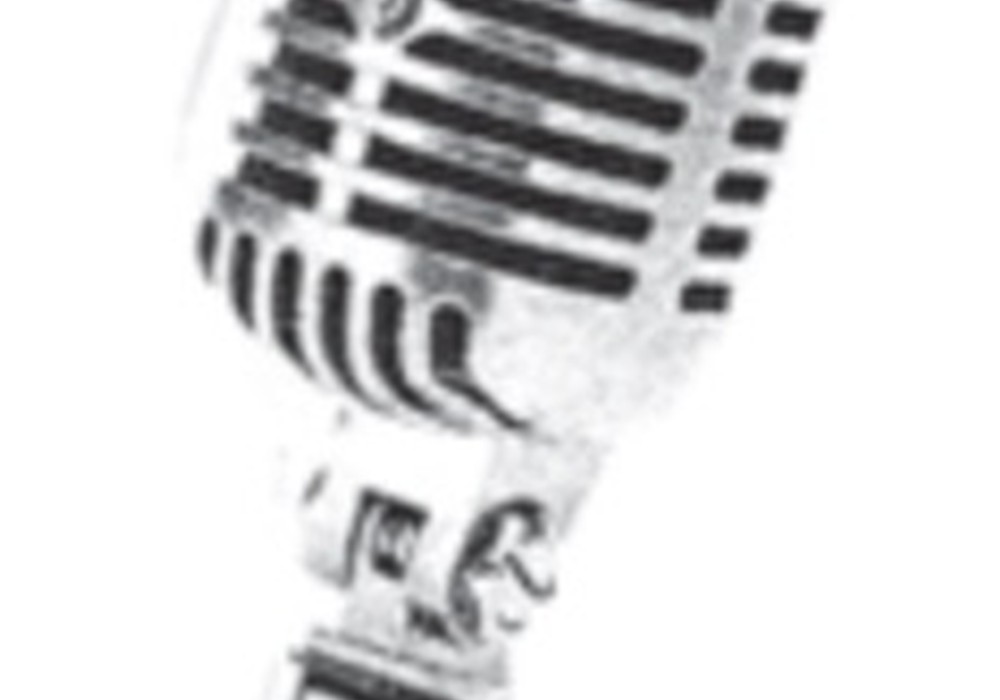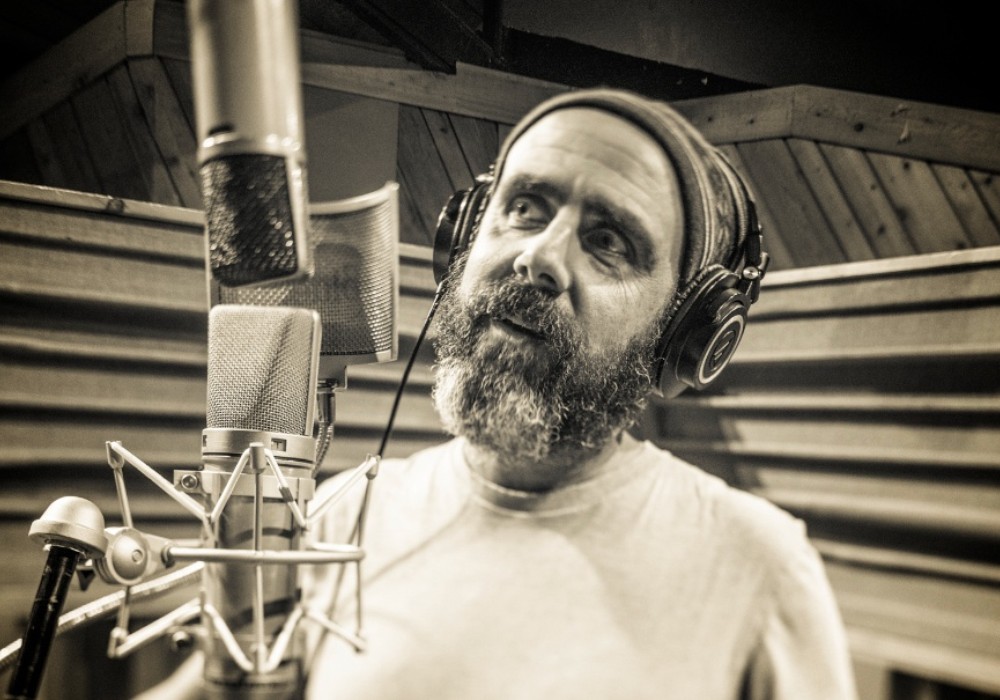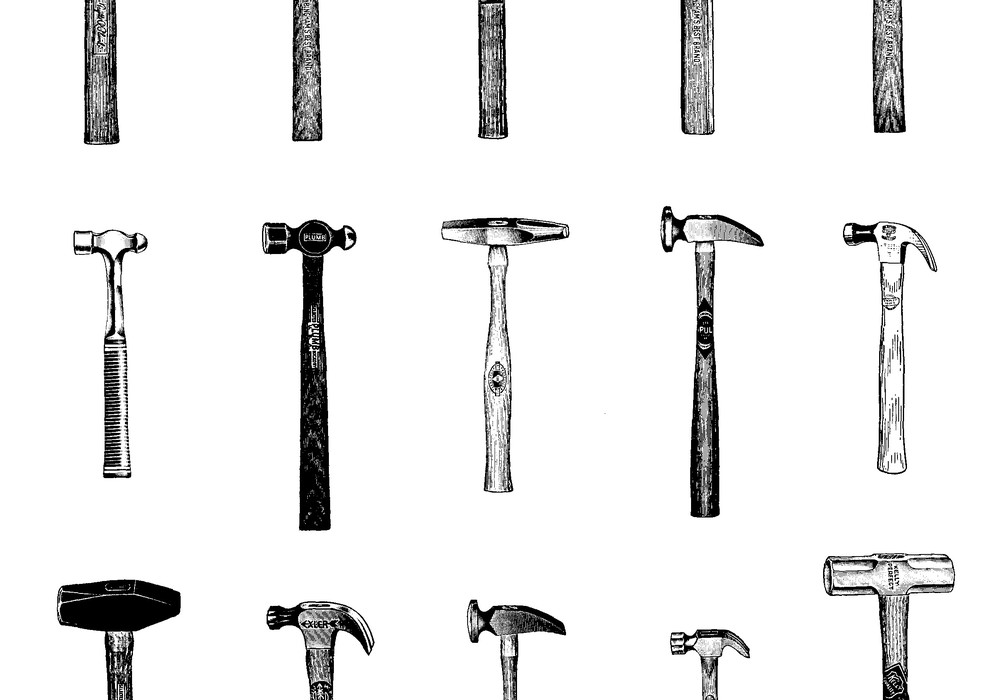I just finished mastering an EP for Centuries of Slow Accumulation, a two-piece outfit with a surprisingly big sound. Their style uses barking Kinks-esque guitars and rowdy drums. Although focused, the drum kit also had a lot of ambience. It would seem to break-up like a vintage tube amp as a song kicked in. Of course, I wanted to confirm how it was recorded. I pestered the engineer until he let out his secret: an omnidirectional room mic. Omnidirectional microphones (omnis, for short) pick up sound from just about every direction equally. They work pointed away from a source or directed right at it (assuming the distances are equal). Unlike other patterns, omnis do not exhibit a proximity effect (the increase of bass frequencies when a mic is placed close to a sound source).
Top-flight omni mics can cost in the four-figure range, but you can find bargains online or at local pawnshops. Multi-pattern condensers switched to omni-mode work, too. If you don't have money for an omni, you can build a guerilla version by pulling open a dynamic mic and filing the tiny holes at the rear of the capsule assembly. Some epoxies work well for this purpose. Warning — you'll be irrevocably altering with your mic, and you might not like the results! Test it out with some tape before any permanent change. [See the photo for an example using a $55 dynamic mic.]
In the Centuries' drum example, the engineer used an omni to add ambience, but these mics shouldn't be overlooked for other applications. Try an omni as a close-instrument mic. (See "Recording Drums" in Tape Op #17 for some good applications). On acoustic guitar, the absence of the proximity effect can help to avoid the "boominess" you'll get when putting a mic too near the sound hole. Complex percussion items, such as hand drums, congas, and bells, can be nicely represented by an omni. When recording vocals I always try to put an omni in the booth as a back up (you also get some great outtakes!).
Omnidirectional mics are not foolproof. You have to respect a different set of placement and usage considerations. Here are several tips to keep in mind:
Because they pick up sound from the overall environment, omni mics will be sensitive to HVAC or other ambient noises. In general, omni mics are more responsive to low frequencies. Make sure you have a shock mount solution.
To avoid excessive bleed, be careful when placing omni mics relative to other instruments.
Mic background singers or ambient instruments from a distance with an omni. This can make them sound like they are in the background.
Add depth to your recording — Walk around the room until you find a location where you like the sound. Put a mic there. Blend this signal with a close mic.
Try a pair of omni mics for a unique stereo sound.
Don't be afraid of an omni, especially if you think it won't give you separation. Think of it as a different tool that should be tried more often.
I would like to thank Marty McCann from Peavey for the guerilla omni recipe and Dave Johnson from Carcinogenic Dust Studios for being the spark for this article. r






